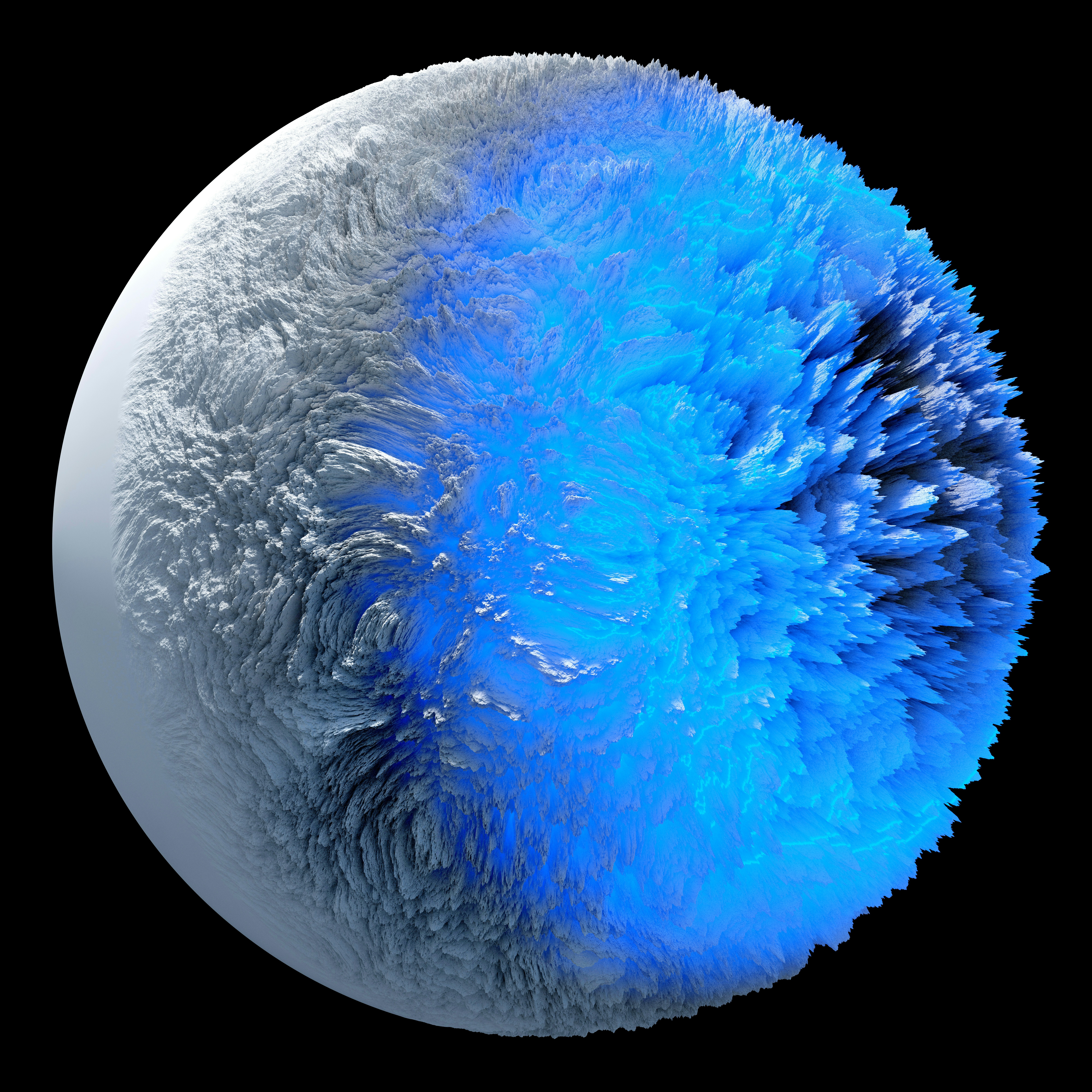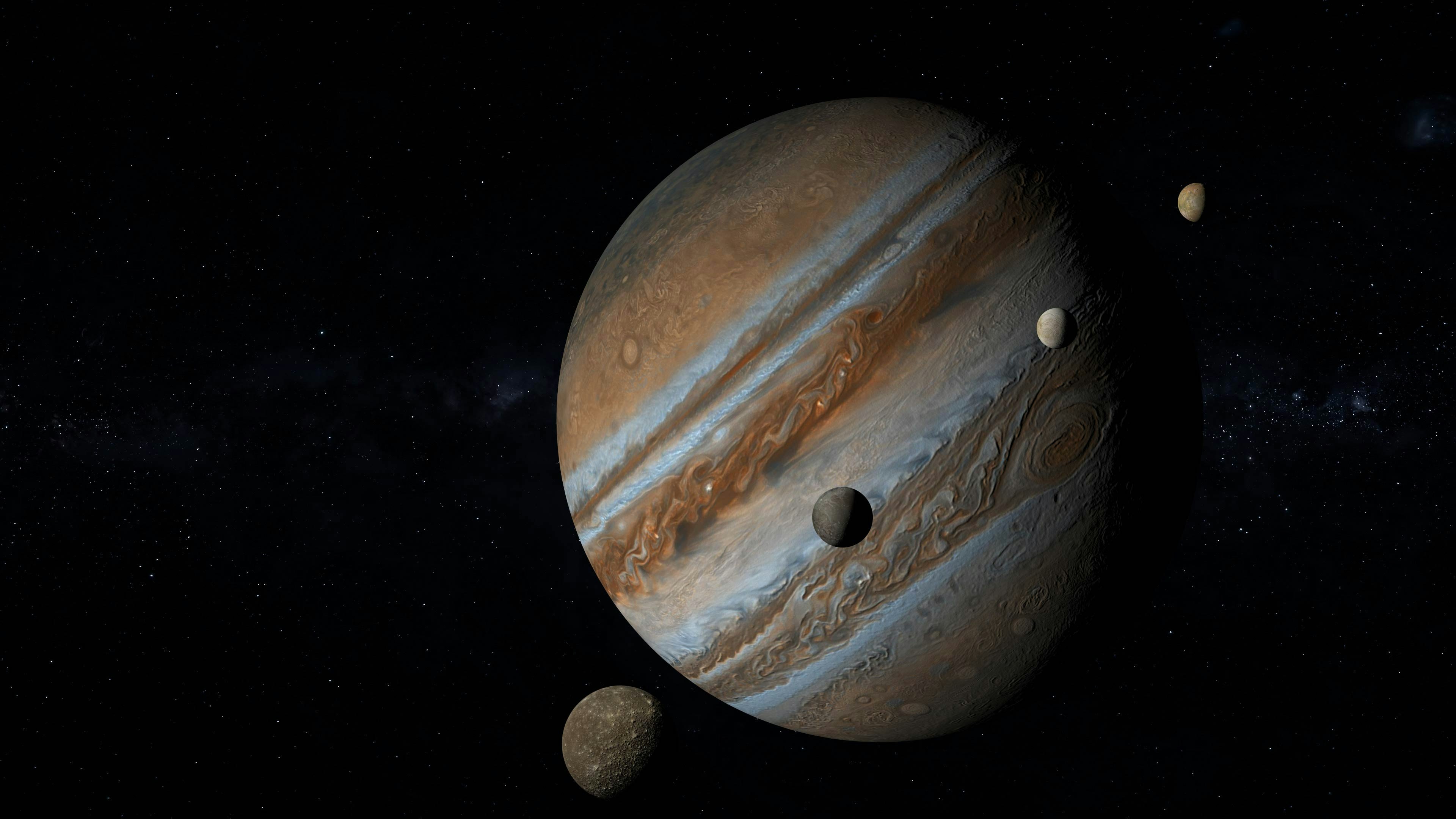
When looking for potentially habitable planets, astronomers aim for what we know, Earth. They look for qualities like an orbit like ours, cruising peacefully in the middle of a nice Goldilocks zone — not too hot like Venus, and not too cold like Mars. And no interruptions from gas giants constantly diving through their orbit like wrecking balls.
Well, maybe scratch that last one. A Jupiter-like giant zooming through the neighborhood might not be as bad as you’d think for giving life a chance to grow. In fact, a study combining long-term climate modeling and orbital dynamics published in The Astronomical Journal this month suggests it might even be a bit easier than here on Earth.
WHAT’S NEW — When looking for exoplanets that might have life, it’s straightforward to look for star systems that look just like our own. But plenty of those perhaps hundreds of billions of planetary systems will look nothing like our own — and plenty more of those that look familiar to us might have pitfalls for habitable planets, like Venus’ runaway greenhouse effect, or fully freezing out into a giant snowball. Venus’ lead-meltingly hot temperatures and lack of water may even be the result of a past encounter with Jupiter that resulted in an alteration of its orbit, according to past work by team members.
To get a fuller picture of the effects of giant planets on the climates of terrestrial ones, the team built a model with slightly different orbits for Jupiter — 160,000 of them. Then they allowed those models to play out over a million simulated years.
Speaking with Inverse, paleoclimatologist and lead author Pam Vervoort of the University of California, Riverside, notes that, to most effectively search for the presence of extraterrestrial life, you need more than a snapshot, even one taken with the most sensitive telescopes.
“We should take into account what the climate could look like during observation, but also what the climate might have been like millions of years ago,” in order to make sure a planet has actually been habitable long enough for life to emerge, she says.

WHY IT MATTERS — Modeling different solar systems and their effects on climate gives astronomers a much better idea of what to look for — and what not to focus on — when searching for habitable exoplanets.
A system where gas giants are sending terrestrial planets into eccentric orbits might have chaotic effects, astrophysicist Stephen Kane, also of UC-Riverside, tells Inverse. (Both Kane and Vervoort are authors on the paper.)
“It would make it far more chaotic in terms of how the seasons are going to behave… it has a time of the year where it has its closest approach to the sun, but it has long periods where it’s moving away from the Sun and that’s when you’d expect the planet to freeze out a bit and go through a mini-ice age once an orbit,” Kane says.
But climates are fairly robust systems, and dole out energy slowly once it’s been absorbed. In the team’s simulations, “those responses can average out,” Kane notes.
Still, small differences in the planets can have significant effects on habitability: a model where Jupiter was in a circular orbit at 3.20 astronomical units — about 40 percent closer than Jupiter’s real orbit — led to the Earth with the smallest amount of sea ice, while a model where Jupiter was moved out another 0.01AU further led to an Earth with fewer but much longer and more extensive ice ages than our own.
Co-author Jonti Horner, as astrobiologist at the University of Southern Queensland, tells Inverse that “tiny little shift leads to this enormous difference in the long-term climate, so they would look very, very different in terms of their ice ages and what parts of the planet are habitable.”
But other comparatively unusual orbits can have different effects. One of the simulation’s most life-friendly versions of Earth–measured by the amount of ice cover across the planet–is one where their Jupiter analogue was extremely eccentric. While sending Jupiter crashing through the inner planets causes the Earth analogue to also develop an eccentric orbit — getting close in to Venus’ orbit before zooming away — and a series of rapid and comparatively intense ice ages, the model shows “a larger part of the Earth’s surface habitable than the closest approximation we have to our Earth,” Horner adds.

WHAT’S NEXT — Despite looking unfriendly and freezing through a mini-ice age each year, the team argues that this means that the best way to find other habitable planets is to look at their systems as a whole, not just looking at how far out planets are from their star. Vervoort notes that astronomers are going to have not just to calculate whether a planet is in the so-called Goldilocks zone to tell if it’s habitable, but the whole planetary system needs to be taken into account – both for “the implications for long-term climate cycles” as well as making sure the system is actually stable.
As more and more exoplanets are discovered, “we have a diverse range of giant planet orbits, and we could have a diverse range of terrestrial planetary climates that result from that,” says Kane.
With more space telescopes like the ESA’s PLATO and NASA’s Nancy Grace Roman Space Telescope joining the search for exoplanets by the end of the decade, there are quickly going to be more planets than astronomers know what to do with. Horner notes this technique will be useful to “filter out places that at a cursory glance are bang in the habitable zone—‘yeah, right, this is a great place to look’—‘hang on, no it isn’t.’ The ability to combine the dynamics work and the climate modeling is really powerful and really exciting.”







